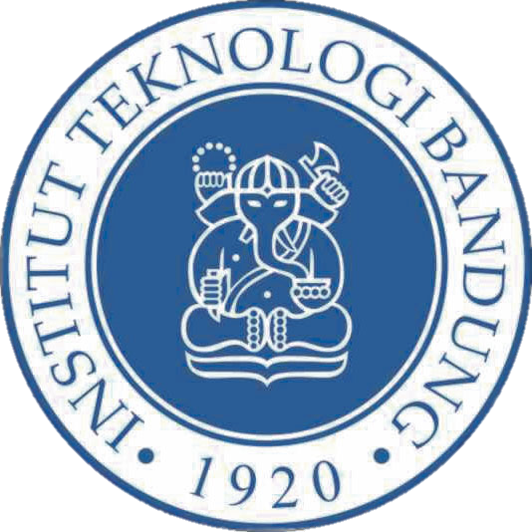Filler is used to adjust the percentage of nutrients in fertilizer to a desired ratio, prevent fertilizer caking, and increase fertilizer weight. Filler dilutes the concentration of fertilizer active ingredients which could burn delicate roots and stems. Filler contributes to significant portion in NPK formulation. NPK 20-10-10, which is granulated from urea, DAP (diammonium phosphate), and KCl, contains 36% of filler by weight. Filler is usually taken from inorganic minerals, such as zeolite, clay, dolomite, phosphate rock, and bentonite. These materials are non-renewable and their reserves are limited instead. Alternative for conventional filler materials is required. Eggshell could be considered as an alternative for NPK filler. The world production of eggshell has reached 7 million tons per year. This research is proposed to study particle size distribution and compressive strength of the obtained granules from physical granulation of NPK fertilizer with eggshell as the filler.
Physical granulation is selected instead of reactive granulation because physical granulation requires lower capital cost and could be handled by home industry. Urea, DAP, and KCl were used as nitrogen, phosphorus, and potassium sources respectively. Molasses and hot water were used as the binder. The granulation was studied by using a disc granulator because this granulator type could be operated in a home-scale industry. Flow behavior of single material during the granulation was observed. The granulation of mixed fertilizer was studied by observing the particle size of the granulated products. Compressive strength of the granules was subsequently measured. The granules from this research were compared to bentonite-based granules. Bentonite acted as a representative of conventional filler.

Figure 1. Prototype of NPK granulator
Contact person:
Dr. I Dewa Gede Arsa Putrawan (idewa@che.itb.ac.id)



